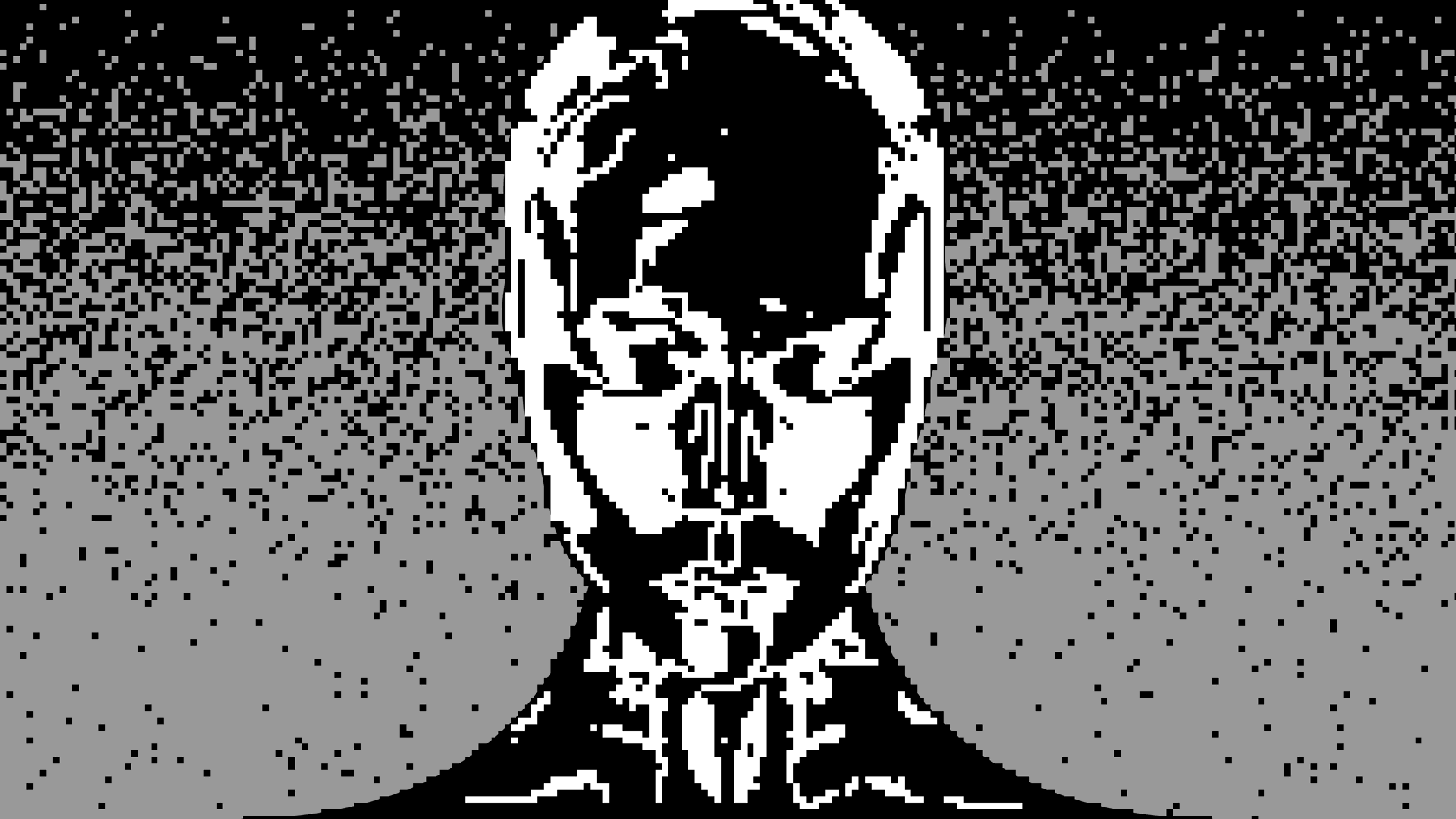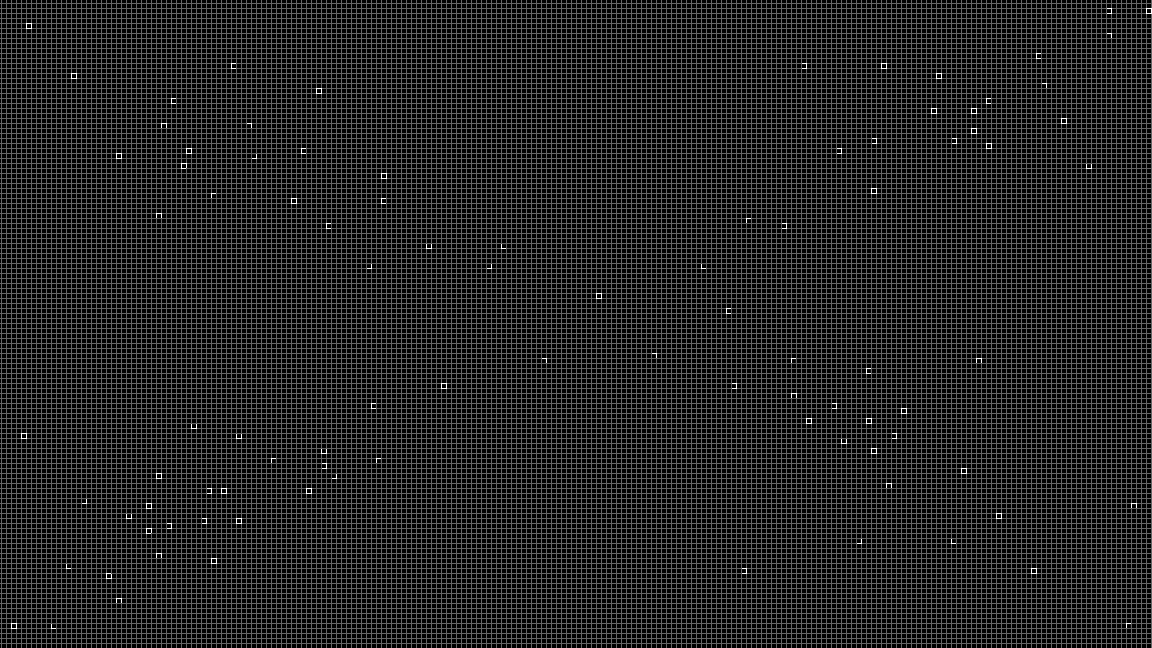Non Fungible Tokens (NFTs) are over. The crypto market has crashed, and pictures of monkeys or pixelated punks will forever be a symbol of the failed NFT market. For the foreseeable future, we can stop pretending “fungible” is a common term in our vocabulary.
But what does the end of NFTs mean for the future of digital art? The crypto market has crashed, and the days of anybody making millions off an NFT are gone, but buying and selling digital artworks on blockchain is likely here to stay. Several institutions, including the Institute for Contemporary Art Miami, the Museum of Fine Arts Boston, and the British Museum, have brought NFTs into their collections, meaning we will likely see these digital artworks in gallery and museum exhibitions for years to come.1 After all, we still behold Impressionist paintings in the halls of outstanding art institutions even though 20th-century Modernists declared the movement dead and gone—why can’t the same happen for NFTs?2

The comparison between beloved Van Goghs and Monets to NFTs may seem uncomfortable, but they share a fundamental similarity: both movements were declared a flash in the pan by naysayers but ultimately represented a turning point in how fine art was made and consumed. The term “NFT” holds soiled connotations: the boom and bust economy, the crypto bro, and the literal tokenization of art, to name a few; its economy is oversaturated with so-called artworks promoted by celebrities who are now being sued, trying to make a quick buck.3 Still, the sales mechanism benefits artists as they have relative control over the resale of their work.
Unfortunately, NFTs (and the crypto bros who championed them) have given blockchain technology a lousy reputation, shadowing the notable artworks minted on blockchain and driving attention away from thoughtful artists and compelling artworks. NFTs are a protocol for turning digital items into assets. So far, misguided flippers have failed to see which digital artworks contain cultural importance and which do not.

Digital art—which includes video art, digital photography, VR Artworks, and other forms of computer-based art—can be seen in major biennials and exhibitions around the world. The canonizing of digital art in the global art market predates NFTs to the 1960s when artists like Andy Warhol or Nam June Paik and the Fluxus art group started using computers and digital codes to create artworks. Many contemporary artists make art stored on a hard drive and can be transferred to galleries or collectors through the cloud or email. Those works are simply a part of a museum’s Digital Art or New Media collections.
We don’t listen to MP3 files; we listen to songs. We don't share JPEG and .MOV files on social media; we share pictures and videos. So we’re scrapping the term “NFT” and all its tarnished connotations and starting a new era in which we call them what they are: DABs or Digital Artworks on Blockchain. The main difference between a DAB and a DA is that a DAB’s record of ownership and certificate of authenticity lives on the blockchain rather than in a museum registrar’s filing cabinet.
Though the blockchain is tied to the circulation of DABs, more and more institutions may start using it to record all sales and circulation of their digital artworks. Blockchain isn’t just a talking point that ends a Hinge date early—it’s a sophisticated and secure record-keeping method to document the ownership and provenance of digital (and potentially physical) artworks. Given how artworks go missing from the public eye when they enter a private collection (something Collecteurs has worked against since day one), a record or ledger on blockchain allows for fuller transparency and responsible tracking of an artwork’s history of ownership.
Artists making DABs can also capitalize on resale royalties—something contemporary artists have been advocating for since at least 1971, when curator and art dealer Seth Siegelaub published “The Artist’s Reserved Rights Transfer and Sale Agreement,” a document that attempted to define and advocate for artists’ rights in the resale economy.4

In the current art economy, an artist can sell a painting to a collector for $8000, and if the painter has a good year (showing at museums and gaining gallery representation), that collector could flip the painting for $20,000 at auction. The artist doesn’t see a dime of that difference. With DABs, royalty stipulations are built into the sales contract, so the artist receives resale profits and can capitalize on their own success.
However, some NFT platforms are getting rid of royalties. Since NFT sales have been down by about 99% in the past 15 months, trading platforms such as LooksRare, Magic Eden, and X2Y2 are no longer honoring artist royalties, meaning they profit off the entire sale, and none goes to the artist.5, 6 Since NFT platforms do not have to keep artist royalty contracts, hyped NFT artists like Beeple have suggested that artists build collector networks that care about artists and artist royalties instead of selling to anyone, as offline galleries do.7 The removal of artist royalties has been a big let-down to digital artists who saw NFTs as a move toward economic justice for artists. Taking away resale value has taken the agency away from artists and recreated the traditional market that funds administrators and collectors only.
All these problems with NFTs are why we’re launching CollecteursX: an on-chain component of Collecteurs that promotes exchange, storytelling and collaboration through Digitalle (our ambitious new initiative for digital exhibitions), and support for artists, curators, and artworkers first. Artists can mint pieces on the CollecteursX platform and make 95% of the sale—we only take a 5% platform fee to keep it running. Every artwork minted and acquired on the CollecteursX platform will ensure artists receive up to 12% in royalties—they choose the percentage in contracts with flexible terms. Artists can also share their profits with those involved in the production of the artwork (from galleries to fabricators to installation photographers) by entering them into the Smart Contract. Making money is rarely why people make art, but artists and their collaborators are ultimately workers who need to support themselves. Spreading capital through resale provides full-time artists other avenues to further their art creation through work that is typically unpaid such as research and testing phases of a production process. In other words, passive resale income creates new art.

So, economic stability for artists is great, but what about climate sustainability? Blockchain technology and cryptocurrency have long been criticized for their negative impact on the environment and contributions to climate change. Running blockchain and keeping NFTs on a server requires tons of energy. For example, selling a single-edition artwork on Ethereum releases about 100 Kg of Co2, which is equivalent to a 1-hour flight.8 Blockchain mining that uses a “proof-of-work” method requires droves of computers to create the chain, consuming unbelievable amounts of energy. From July 2021-2022, Bitcoin alone consumed more energy than the states of Maine, New Hampshire, Vermont, and Rhode Island put together in a year.9 Artists have long been aware that technological advances can have harmful effects on the environment.10 This is why we integrated a blockchain that is carbon negative. CollecteursX runs on Algorand, a “proof-of-stake” blockchain with high security and low energy usage founded by respected MIT professor and Turing Award winner Silvio Micali. In a time when the climate crisis is embedded in every part of our lives—including the art world—the technologies underlying advances in the democratization of the art world must not contribute to climate disaster.
So, what kind of modernist are you? One who embraces risky ideas in favor of bringing in a changing new world, or one who views the popularity of an idea as its downfall, as the Modernists saw Impressionism. NFTs are dead. Good riddance to the boom and bust economy and seemingly never-ending, cringeworthy news cycle about them! Now that the digital art world has gained an ounce of decorum back from the years of crypto-craze, we can focus on what matters: artists, the stories behind their artworks, and the ecosystem of curators, galleries, and art workers behind the artist that make art happen. Start creating, offering, and collecting DABs now with a free-forever account.